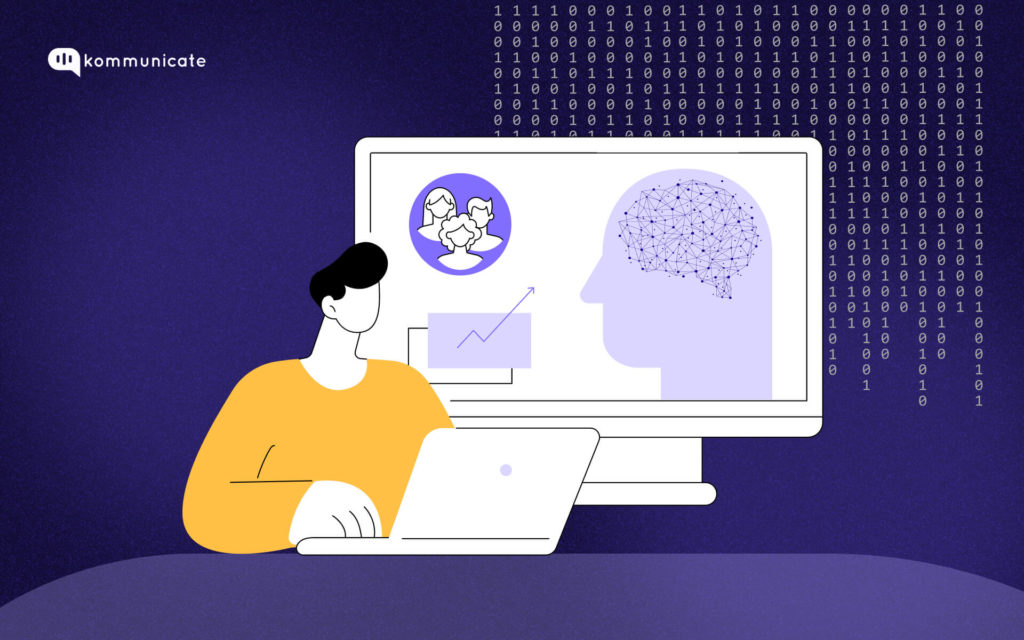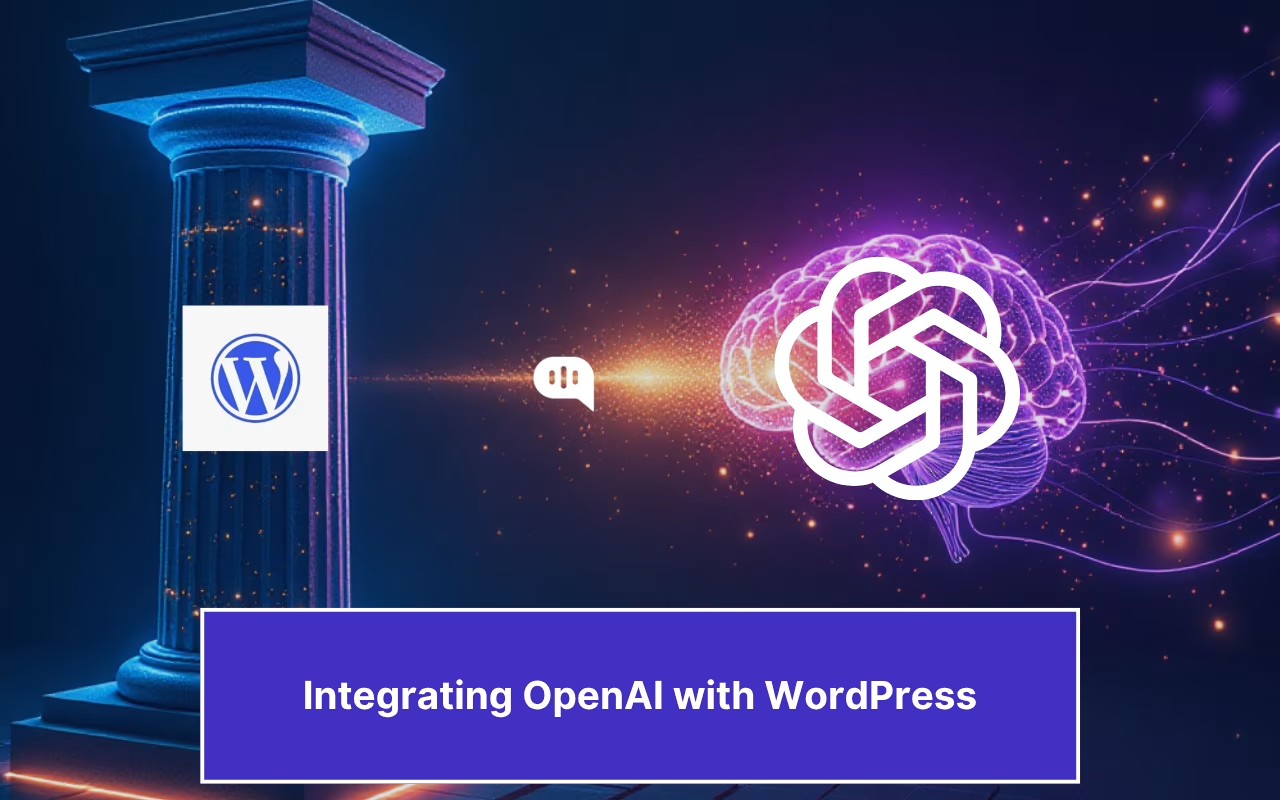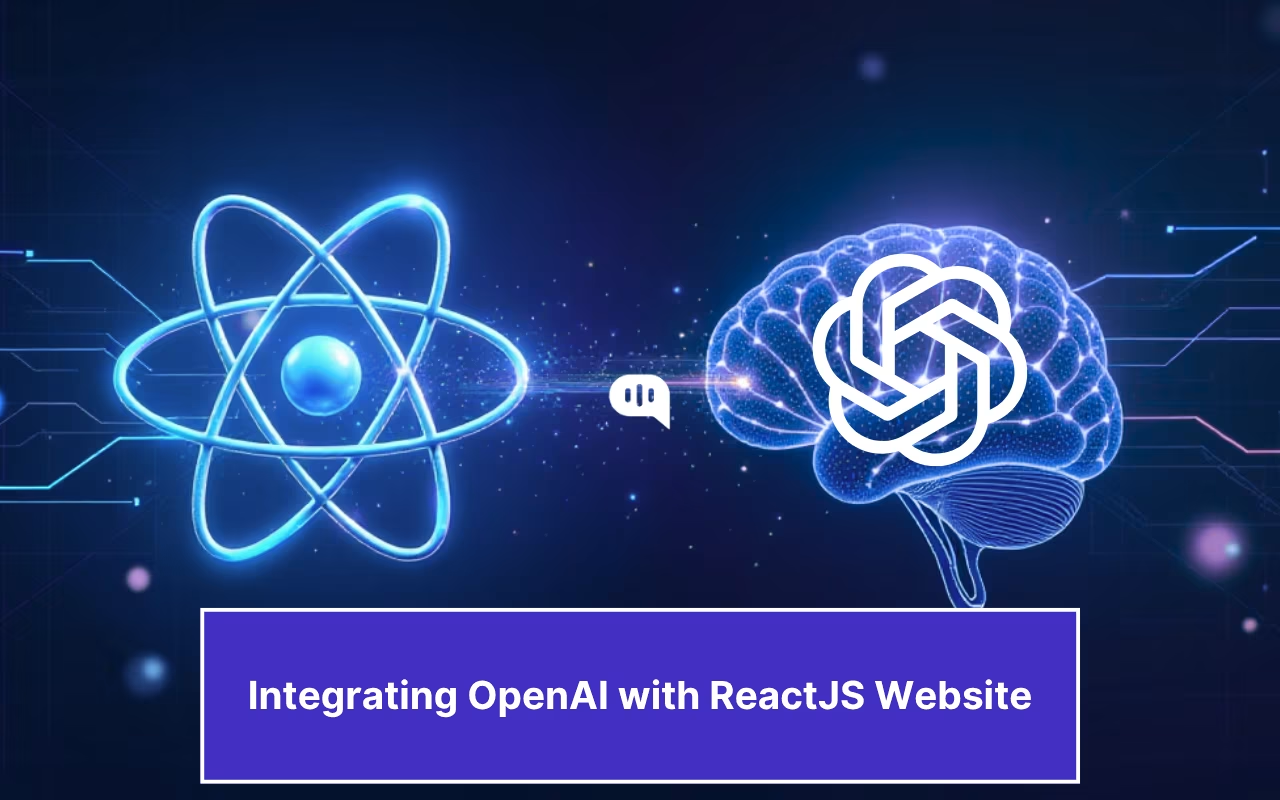Updated on May 26, 2025

While customer service is a priority for most organizations, how many times have you been kept on hold by customer service agents? Hearing the dreaded piano music, looking at the clock as the minutes tick by, and wondering if you made the right decision to make a purchase from this business?
You are not alone. According to this report from Retail Brew:
- 28% of the respondents would rather burn their mouth on hot coffee than contact customer service.
- 33% raised their voice and/or swore on a customer service call.
- 47% said that the biggest challenge with customer service was having to repeat themselves to automated systems that did not understand them.
Is there a way out of this frustrating situation? And, can technology solve this problem?
The answer is Yes!
Technology, specifically Generative AI, is transforming the way customer service is done in organizations large and small. With the ability to understand and respond to customer inquiries in real-time, AI is slowly revolutionizing the customer service field with the bar of personalization being raised higher and higher with each passing day.
In this blog post, we are going to tell you all about how Generative AI and how it is transforming customer service. But before that, here are a few blogs that we feel you might be interested in:
- How large enterprises Leverage Generative AI for customer engagement?
- Top Generative AI trends to watch out for in 2024.
- Implementing Generative AI: A Step by Step guide for product managers
Coming back to the topic at hand, let us see how Generative AI is changing the way customer service is done.
Here is a list of what we are going to cover in this article:
Let us begin with the current state of Generative AI.

Generative AI and Its Current Capabilities
Generative AI is a subset of Artificial Intelligence, and it specializes in creating new, original content from pre-trained data. It came into prominence in late 2022 after the launch of ChatGPT from OpenAI and has since then been making significant inroads into every sphere where technology is present.
Customer service is no different. AI chatbots and automated responders are providing faster responses than ever before, and customer service agents are under more and more pressure to provide the level of service that the AI chatbots are.
Today, we have Generative AI tools such as GPT-4o that can listen and respond to human voices in real-time, interact with the user via video, and even help you solve coding challenges.
The possibilities of AI models such as ChatGPT are endless, and we are going to now see how they are creating an impact in the realm of customer service.
How Generative AI is Transforming Customer Service
i) Personalized and Contextual Customer Interaction
Generative AI analyzes vast troves of data and helps in providing a very personalized customer experience, tailoring each response to individual needs. A travel AI agent, for instance, can recommend travel destinations on the basis of the past bookings of the customer.
AI can also adapt its communication style, adjusting its tone according to the moods of the customer. For instance, if the AI detects frustration in the voice of a customer, it can respond emphatetically to diffuse conflicts .
Generative AI models such as ChatGPT can take personalization to another level, with the AI model able to generate poems, essays and even code snippets based on user prompts. The models continously learn from interactions, thereby improving personalization.
One example of a company that is using Generative AI to give personalized responses is the famous hospitality chain, Marriott International. Marriott is piloting AI assistants that can understand natural language and give tailored recommendations to guests based on their preferences, travel history or real-time context. Marriott aims to enhance guest satisfaction and foster loyalty using this move, which is important in the ever competitive hospitality industry.

Another example of a tech company using generative AI for personalized and contextual responses is the Japanese tech company Rakuten. Rakuten has used GPT-3 to power its virtual assistant called Raku-chan. The AI assistant understands natural language and gives personalized responses based on individual context and references.
Rakuten’s e-commerce platform is where Raku-chan really finds its application, and it offers product recommendations and shopping suggestions based on a customer’s browsing history and purchase patterns. Raku-chan adjusts its tone based on the customer’s tone, dialect, or cultural background, giving a more contextualized interaction.
ii) Real-Time Assistance and Faster Response Times
Generative AI addresses queries without skipping a beat, instantly resolving queries and delivering almost real-time assistance. Traditionally, customer service agents had to rely on knowledge bases or pre-written scripts while dealing with a customer service query. This often led to delays in finding the appropriate response or solution.

Generative AI solves this problem by giving customers immediate and relevant assistance which they can tailor to their specific needs. Another important application of Generative AI is that they can handle a large number of queries, simultaneously, without compromising on the service quality. This makes sure that no customer is left waiting for a response.
When customers get instant responses, it leads to higher customer satisfaction rates and overall a better customer experience. Businesses also get the benefit that they can reduce the costs involved with traditional customer service models, meaning that the implementation of Generative AI is thus a win-win for all.
An example of a real-life company using generative AI to provide real-time assistance to customers is the famous furniture chain IKEA. IKEA’s AI assistants can answer questions about product details, assembly instructions, availability etc. The chatbot understands natural language and can respond to very specific customer queries. This allows IKEA to shorten wait times and improve the overall customer experience.

iii) Continuous Learning and Development
Generative AI models are eager learners, with the ability to continuously learn and improve from their past interactions with customers. This allows them to adapt and enhance their performance in customer service over time. Learning from customer experiences is a significant push in the right direction for businesses looking to deliver exceptional customer service.`
As these generative AI models engage with customers, they can analyze the success or failure of their responses, identify which areas they need to improve in, and refine their understanding of customer preferences and communication styles. This continuous learning helps the AI give increasingly accurate, personalized and relevant responses to customers.
OpenAI’s ChatGPT continuously learns from user inputs, and refines its output accordingly.
Anthropic’s Claude AI is also designed to continuously improve its knowledge and capabilities through user interactions and updates. This makes sure that the output is current and is aligned with the evolving needs of the customer.
iv) Multilingual Support
Multilingual chatbots are not a new feature, but Generative AI takes this concept and applies it to a whole new level. ChgatGPT-4o, for instance, can converse with humans in more than 50 languages, meaning more than 90% of the world’s internet users can use the chatbot.
Generative AI thus addresses the needs of the people from diverse linguistic and cultural backgrounds, which is a huge advantage for companies operating in a global environment.
Customers can now communicate with the customer service agents in the language they prefer, and get answers tailored to their cultural context.
In addition to this, Generative AI tools can adapt its language so that it is in alignment with that of the cultural norms and preferences of different regions. A good example for this is when a customer from a particular cultural background prefers a more formal or indirect communication style, the AI can adjust its language and phrasing accordingly.
As you can see, Generative AI is set to transform customer service in more ways than one. It is only a matter of time before organizations of all sizes start incorporating generative AI in their customer service function.
But organizations should tread with caution here, since Generative AI is still in its nascent stage and there are a few limitations that they must be aware of.
Transform your customer support with Kommunicate’s
AI-powered email ticketing—resolve queries faster than ever!Limitations of Generative AI for Customer Service
Here are some of the challenges organizations may face if they decide to implement generative AI into their customer service function.
- Customer Trust
Many customers today are still old-school, and prefer interaction with a human agent when compared with a Generative AI-powered chatbot. Building this trust and acceptance of Generative AI in customer service requires organizations to be transparent and clear in their communication.
- Data privacy and security risks
To train a generative AI model, you need a large dataset, and with this large amount of data, there is always a chance of potential misuse and concerns about data privacy.
The training data can be vulnerable to data breach or unauthorized access, meaning you need a comprehensive security apparatus in place to protect customer data and trust. This is extremely important, since, in the year 2023 alone, over 353 million individuals were affected by data breaches, according to this report by Statista.
- Potential Bias
Generative AI models have inherent biases in their training data, leading to inaccurate or insensitive responses that may harm the reputation of your organization. Usinge generative AI models also comes with the risk of generating harmful or offensive content, to oversee which organizations need to hire a human. This leads to additional investment by organizations, something which smaller businesses may not be able to afford.
- Lack of emotional intelligence
Even though generative AI models have made significant leaps, they still lack the ability to understand complex human emotions and situational context. Generative AI may thus give responses to customer queries that lack empathy, and will fail to build genuine human relationships.
- Scalability and Computational Limitations
One of the biggest challenges organizations will face while implementing generative AI is the sheer computational power required to run these AI models. OpenAI’s ChatGPT runs on advanced nVidia chips, which may not be accessible my organizations without deep pockets. Scaling these AI-powered customer service solutions across a large customer base and handling a large volume of queries will be challenging.
These are some of the challenges that organizations will face will using generative AI for customer service, but the pros far outweigh the cons.

Bringing It All Together
As you can see from the graph below, investment in the generative AI space has been increasing exponentially, and it will continue to do so in the coming years.
While North America generated the highest revenue share of 48% in 2022, the fastest CAGR is expected in the Asia- Pacific region, in the time frame of 2022-2032, according to this report from Precedence Research.

Generative AI has the potential to completely transform the way customer service is done, and, as the technology evolves, we can see more and more organizations adopting it. The continuous learning capabilities, along with the ability to provide personalized assistance, gives businesses a chance to offer a truly immersive customer experience.
There are challenges in using generative AI, however, like data and securtiy privacy concerns and the need for human oversight. Organizations must strike the right balance between automation and human ingenuity, and harness the transformative power of generative AI.

CEO & Co-Founder of Kommunicate, with 15+ years of experience in building exceptional AI and chat-based products. Believes the future is human + bot working together and complementing each other.






